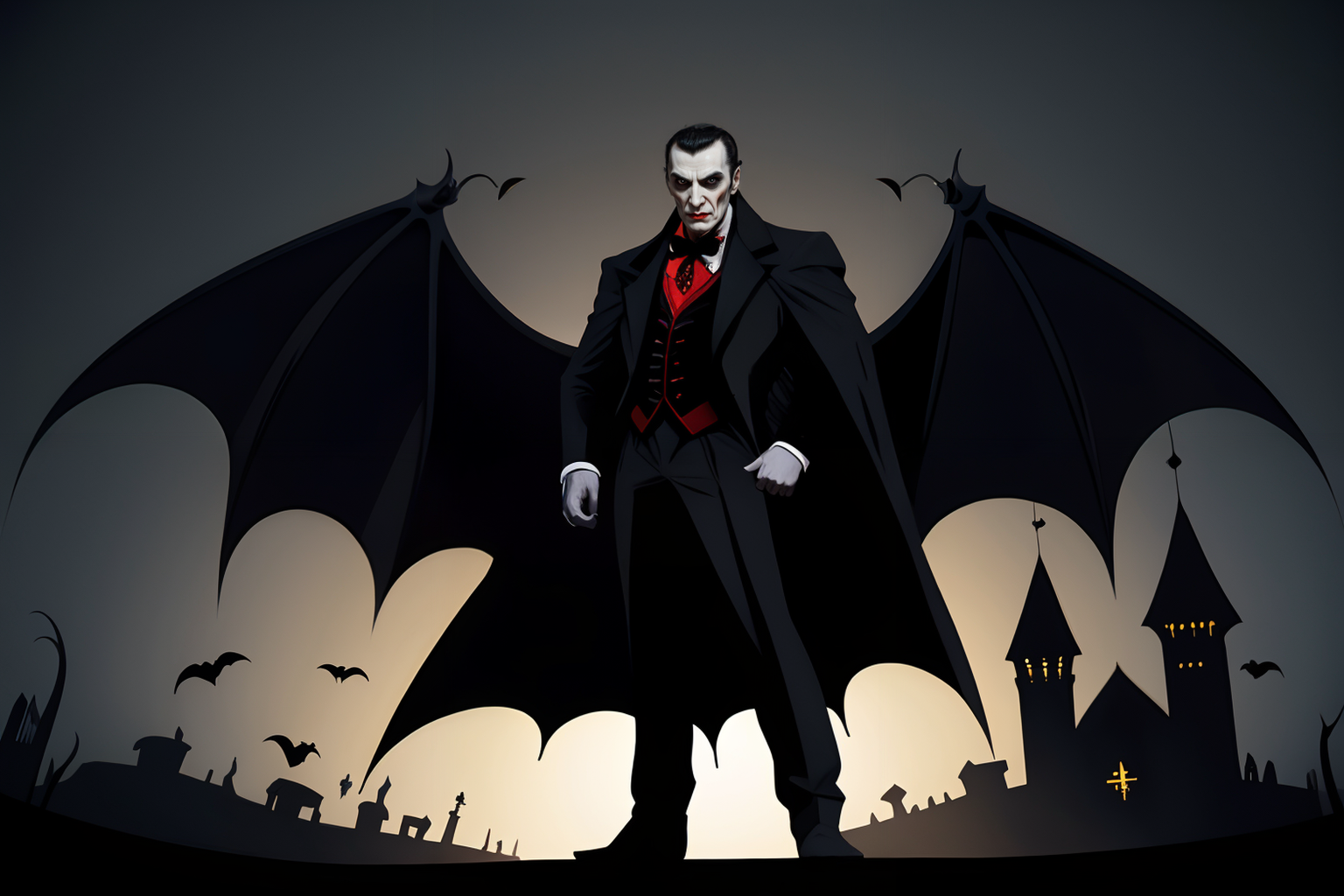10 Fascinating Facts About Dracula: The Iconic Unspeakable Horror
Dracula, the iconic Unspeakable Horror, embodies the quintessential vampire archetype that has graced both the silver screen and comic pages for over a century. With a rich legacy rooted in Bram Stoker’s Dracula, published in 1897, Dracula has undergone myriad transformations, becoming a staple of horror lore. This blog unravels ten fascinating trivia facts that delve into the captivating world of Dracula, highlighting his evolution in movies and comics while shedding light on why he remains a compelling figure in popular culture.
1. The Genesis of Dracula
The character of Dracula is largely credited to Bram Stoker’s 1897 novel, Dracula. Stoker was inspired by various historical figures, most notably Vlad the Impaler, a 15th-century Romanian prince known for his brutality. However, Stoker’s Dracula is more a product of Gothic fiction than a real-life account, serving more as a representation of Victorian anxieties surrounding sexuality and foreign influence.
2. Bela Lugosi’s Iconic Portrayal
Bela Lugosi’s performance in the 1931 film adaptation of Dracula set the standard for subsequent portrayals of the character. With his suave Hungarian accent and cape, Lugosi’s Dracula became the definitive vampire figure, influencing how Dracula has been portrayed in cinema for decades, encapsulating both allure and menace.
3. Colorful Reimagining in the 1970s
The 1970s saw a resurgence of interest in horror films, and adaptations of Dracula began to embrace more colorful depictions. Films like Count Dracula (1977) and Dracula (1979), starring Frank Finlay and Frank Langella respectively, modernized the character’s traits, often depicting Dracula as more romantic and tragic, thus reshaping public perception.
4. A Comic Book Legend
Dracula made his comic book debut in the 1930s, appearing in Marvel Comics’ Terror Tales. However, it was in the 1970s that he gained significant traction, particularly in The Tomb of Dracula series, which ran from 1972 to 1979. Written by Marv Wolfman and illustrated by Gene Colan, this comic focused on the battle between Dracula and a vampire hunter named Blade, significantly popularizing the character in the comic realm.
5. Crossing Over into Superheroes
Dracula’s influence is so expansive that he has crossed paths with numerous superheroes in the Marvel Universe, including Spider-Man, the X-Men, and even the Fantastic Four. These crossover stories often pit the Dark Prince against formidable foes, showcasing his versatility as a villain and cementing his status in comic book lore.
6. Dracula in Anime and Manga
The allure of Dracula transcends Western media, making waves in the realm of anime and manga. Series like Hellsing feature a reimagined Count, incorporating elements of gothic horror with modern-day action. This adaptation presents Dracula as Alucard, a servant whose allegiance adds depth to the classic character, engaging a new generation of fans.
7. The Legacy of Nosferatu
F.W. Murnau’s 1922 silent horror film Nosferatu is an unauthorized adaptation of Stoker’s Dracula. Though it was not an official adaptation, the film’s eerie atmosphere and the portrayal of Count Orlok have profoundly influenced countless vampire films, leading to a distinct evolution of Dracula’s image; it emphasizes the terrifying and grotesque nature of the vampire, contrasting with later romanticized versions.
8. Musical Adaptations
Dracula’s legacy extends beyond visual media into the realm of musical theater. Dracula: The Musical, which premiered in the early 2000s, offers a fresh take on the legend, infusing the story with songs that explore themes of love, fear, and desire. This adaptation showcases Dracula’s complexities, blending horror with fantasy, proving that his story resonates in various formats.
9. Dracula in Video Games
Dracula has also left his mark in the video gaming industry, prominently featured in the Castlevania franchise. The series, which first debuted in 1986, positions Dracula as a primary antagonist, garnering him a place in the hearts of gamers. Through exploration-based gameplay and dynamic storytelling, these games have contributed to Dracula’s resurgence as a pop culture icon.
10. Relevance in Today’s Culture
In recent years, Dracula has been reimagined through various films and television series, including BBC’s adaptation Dracula in 2020. These modern interpretations have examined timeless themes of power, immortality, and the human condition, ensuring Dracula’s place in the cultural landscape. The character continues to evolve, reflecting societal changes and ongoing interests in the vampire mythos.
In conclusion, Dracula has permeated various facets of entertainment, from film and literature to comics and video games, consistently adapting to the times while retaining his chilling essence. These ten trivia facts showcase not just the numerous adaptations of the Dark Prince but also his undeniable impact on the horror genre. As long as the world has a taste for the macabre, Dracula will remain a darkly fascinating figure, endlessly captivating new audiences and immortalizing his legacy for generations to come.

